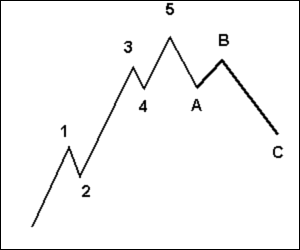CORPORATE PROFILE: |
Basic Energy Corporation (BSC) was originally incorporated as Basic Enterprises, Inc. onSeptember 19, 1968 and became an oil and gas exploration and development companyon April 26, 1971, assuming a new name, Basic Petroleum and Minerals, Inc. Over theyears, BSC evolved from an operating company to a holding company under the corporatename, Basic Consolidated, Inc. In 2007, in line with the inclusion among its primarypurposes the production of ethanol and other biofuels, and the development of otheralternative and renewable energy sources, the Company changed its corporate namefrom Basic Petroleum Corporation to Basic Energy Corporation.As a holding company, it held equity investments in the following subsidiaries: BasicPetroleum & Minerals Inc., an oil and gas exploration and mining company; BasicDiversified Industrial Holdings, Inc., an investment holding company; iBasic, Inc., aninformation technology management company and service integrator; SouthwestResources, Inc., an oil exploration company; Basic Biofuels Corporation, biofuelsdeveloper; and Basic Ecomarket Farms, Inc., an agricultural company.
Recommendation: BUY
stoploss is .2499












